Nervous System Definition
- The nervous system mainly consists of the brain and the spinal cord, which are situated in the midline of the body.
- The brain is present within the skull and the spinal cord in the vertebral canal of the vertebral column.
- Various systems of the body are connected with the brain and spinal cord through nerves.
- The nerves that originate from the brain are called cranial nerves. Tirere are 12 pairs of cranial nerves.
- The nerves that originate from the spinal cord are called spinal nerves. There are 31 pairs of such nerves arising from the right and left sides of the cord.
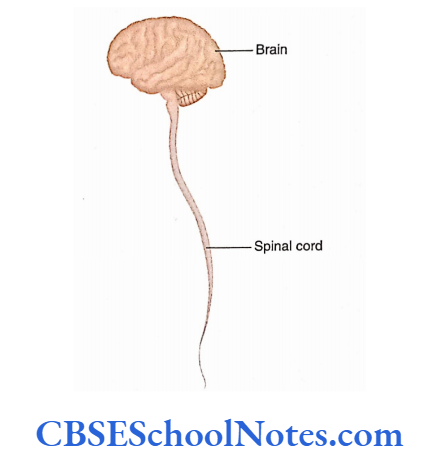
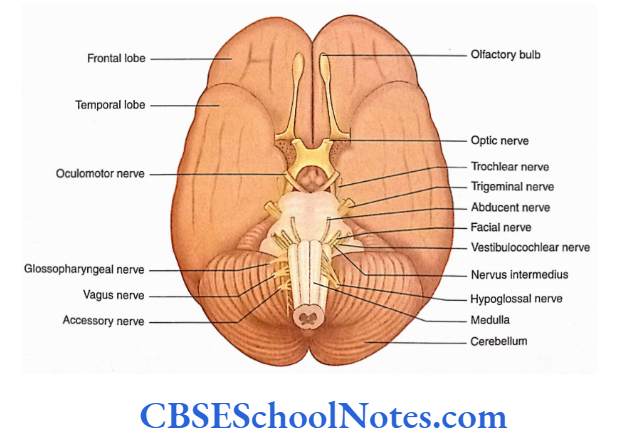
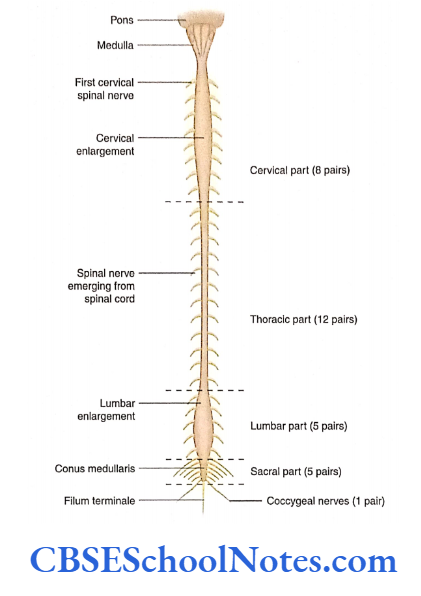
There are 31 pairs of such nerves arising from the right and left sides of the cord The nervous system is composed of trillions of specialized cells and their processes.
Read and Learn More Neuroanatomy
These cells are called neurons or nerve cells. The processes of nerve cells are called axons and dendrites.
Supporting cells are also present in the nervous system, known as neuroglia.
Components Of Nervous System
Functions Of The Nervous System
The nervous system has three basic functions: Sensory Motor and integrative.
- Nervous System Sensory Function
Neurons that carry sensory impulses towards the brain and spinal cord are called sensory neurons or afferent neurons.
These neurons allow the nervous system to detect changes in the internal and external environments.
- Nervous System Integrative Function
The sensory impulses received by the brain are analyzed within the brain. The brain makes appropriate decisions and acts accordingly.
The neurons that serve this function are called interneurons (association neurons).
These neurons not only analyze and integrate the sensory impulse but also store the information.
- Nervous System Motor Function
The motor functions of the nervous system are carried out by motor neurons. These neurons carry information from the brain or spinal cord to the effector organs (muscles and glands).
This motor activity occurs in response to integration of sensory impulses in the CNS.
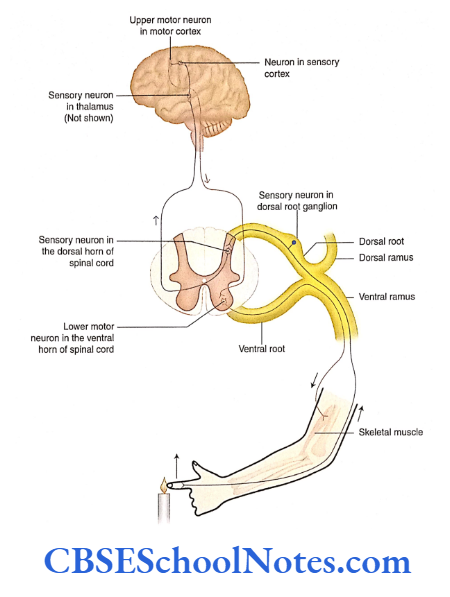
Classification Of The Nervous System
The nervous system can be classified on a structural or functional basis.
1. Nervous System Structural classification: Structurally, the nervous system is classified as follows.
- Central nervous system: The CNS consists of the brain and spinal cord. Various parts ofthe brain and spinal cord.
- Peripheral nervous system: The peripheral nervous system (PNS) consists of 12 pairs of cranial nerves and 31 pairs of spinal nerves. It also includes their associated ganglia and splanchnic nerves. Ganglia are a collection of nerve cells outside the CNS. Details of the PNS.

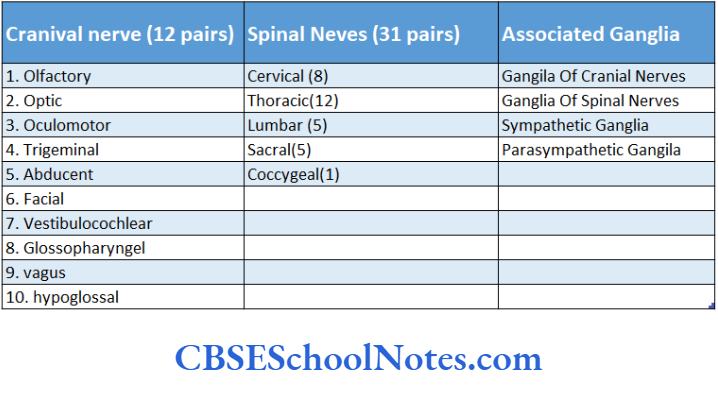
Nervous System Functional classification: Functionally, the nervous system is classified as follows.
- Somatic nervous system: The somatic nervous system innervates the somatic structures of the body (head, neck, limbs, and trunk) and mediates somatic sensory and somatic motor functions. ‘1his system responds to the changes in the external environment of the body.
- Autonomic nervous system: The autonomic nervous system (ANS) innervates viscera, glands, and blood vessels and is involved in the control of visceral functions.
- Thus, this system maintains the internal environment of the body. ANS is present within the CNS and PNS.
- This system is further subdivided into sympathetic and parasympathetic nervous systems
- Enteric nervous system: The enteric nervous system (ENS) is defined as the system of neurons that is found within the wall of GIT.
- It consists of sensory and motor enteric neurons and their processes. There are about 100 million enteric neurons in the plexuses of GIT.
- Functions of ENS include both sensory and motor. The sensory neurons of ENS monitor the stretching of the walls of the intestine and chemical changes within the gastrointestinal tract.
- The motor neurons of ENS control the contraction of the smooth muscle and secretion of the gastrointestinal gland and endocrine cells associated with GIT.
- A comparison of the components and functions of the somatic nervous system, ANS, and HNS is presented in

Nervous System Summary
- The nervous system controls and coordinates the functioning of various other systems of the body. It controls the body’s activities through nerve impulses conducted along the axons of neurons.
- The CNS consists of the brain and spinal cord. Various systems of the body are connected with the brain and spinal cord through nerves that take origin from the brain and spinal cord.
- The PNS consists of 12 pairs of cranial and 31 pairs of spinal nerves.
- Functionally, the nervous system is classified into somatic, autonomic, and enteric nervous systems.
- The somatic nervous system innervates somatic structures of the body (head, neck, limbs, and trunk).
- The ANS innervates viscera, glands, and blood vessels. It is subdivided into sympathetic and parasympathetic nervous systems.
- The ENS consists of neurons and enteric glial cells in the plexus of the gastrointestinal tract.
Nervous System Multiple Choice Questions
Question 1. Homeostasis of the body is maintained by
- Endocrine and reproductive systems
- Immune system
- Endocrine and nervous systems
- Circulatory and respiratory systems
Answer: 3. Endocrine and nervous systems
Question 2. The nervous system is concerned with the following function(s):
- It receives information
- It analyses information
- It takes decisions
- It responds quickly
- All of the above
Answer: 5. All of the above
Question 3. Which of the following statements is correct?
- All the cranial nerves are attached to the ventral aspect of the brain
- One cranial nerve is also attached to the ventral aspect of the cervical spinal cord
- All cranial nerves are attached to the dorsal aspect of the brain
- Only one cranial nerve is attached to the dorsal aspect of the brain
Answer: 4. Only one cranial nerve is attached to the dorsal aspect of the brain
Question 4. The nervous tissues consist of the following except
- Neurons and their processes
- Neuroglia
- Connective tissue
- Bloodvessels
Answer: 3. Connective tissue
Question 5. The peripheral nervous system consists of all of the following except
- Cranial nerves
- Spinal nerves
- Spinal cord
- Ganglia
Answer: Spinal cord
Question 16. Which of the following statements is false?
- There are 7 pairs of cervical spinal nerves
- There are 12 pairs of cranial nerves
- There are 31 pairs of dorsal root ganglia
- All the cranial nerves are not associated with ganglia
Answer: 1. There are 7 pairs of cervical spinal nerves
